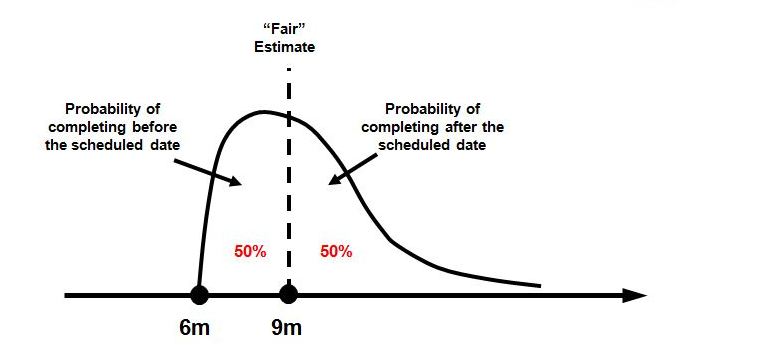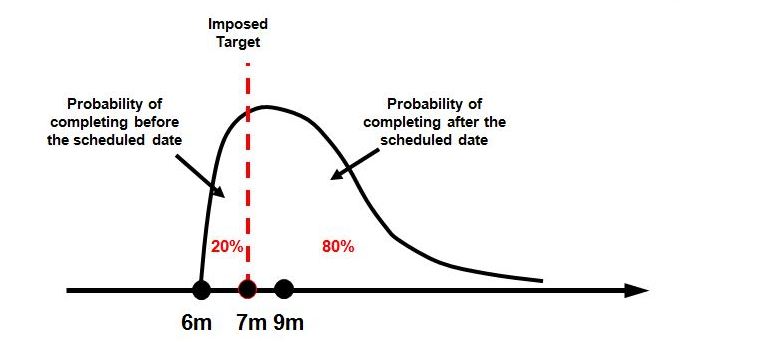Article - Don’t Worry! We Will Break the News Gradually to Him!
Submitted by Jamal Moustafaev on Mon, 06/05/2017 - 09:58
This true gem of a story happened much earlier in my career when I was working for one of the largest international banks. Basically, it explains how NOT to conduct estimates-related negotiations on your projects!
Director: Hey, I am going to assign you to this new regulatory project. Keep in mind, this is a high-profile endeavour; our main client is the Senior VP of our company. Keep in mind, he hates us, the IT guys. His nickname here is “El Diablo”!
Me: Yes, I have heard about this project. I have spoken to some of our technical people and they have estimated that it would take about nine months to deliver the final product...
Director: Yup, that is another problem. I have personally promised that we would deliver the product in three months
Me: (incredulously) What?! Three months? But now that he finds out the truth he will be mad!
Director: Don’t worry about that. I have a plan. We will proceed by breaking the news to him gradually!
Me: (sarcastically) Do you really think that he got to the position of Senior Vice President of one of the largest financial institutions in the world by being an utter idiot?
Director: (slightly offended) No!!! Why?
Me: How can a normal person NOT notice the difference between a three-month project and a nine-month project?
Director: (somewhat disappointed) I see… Yes, that is a bit of a problem, isn’t it?
Have you ever been forced into similar situations by your bosses? How did you handle them?


